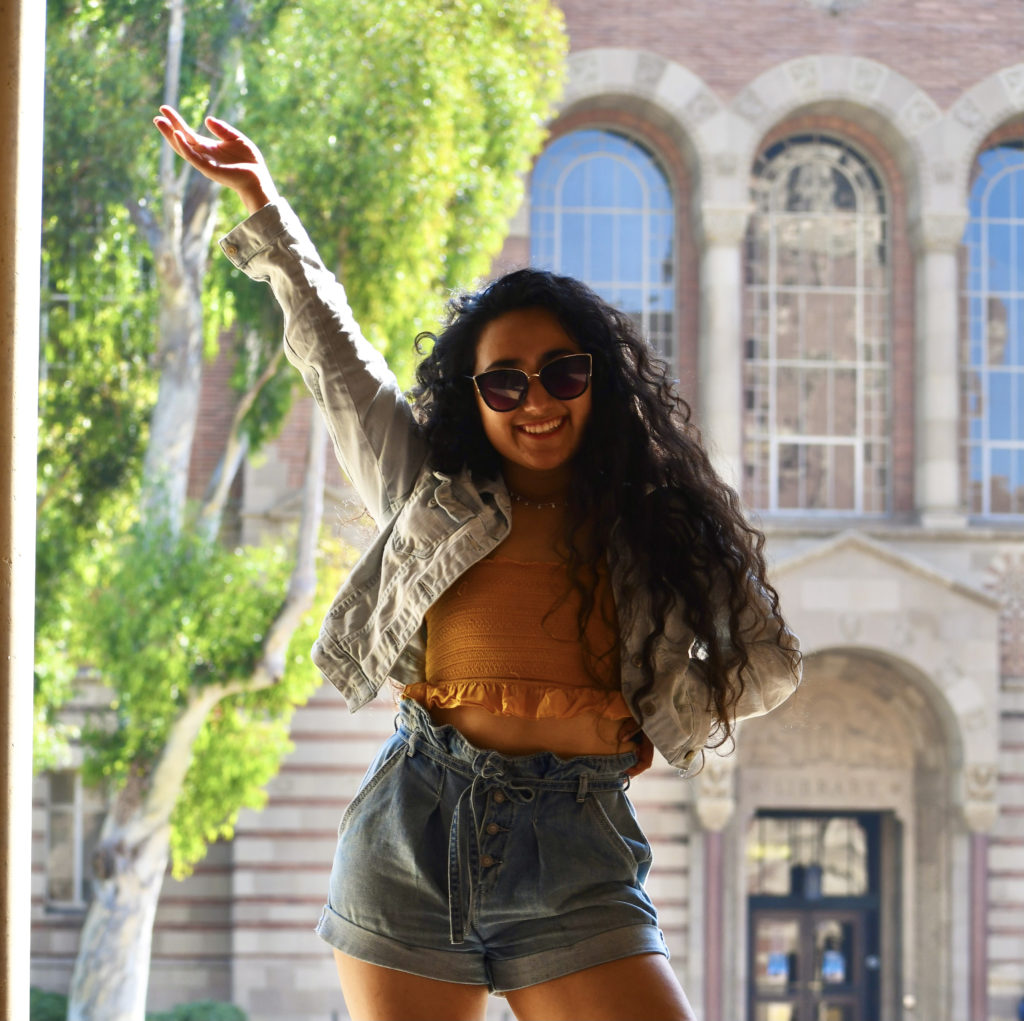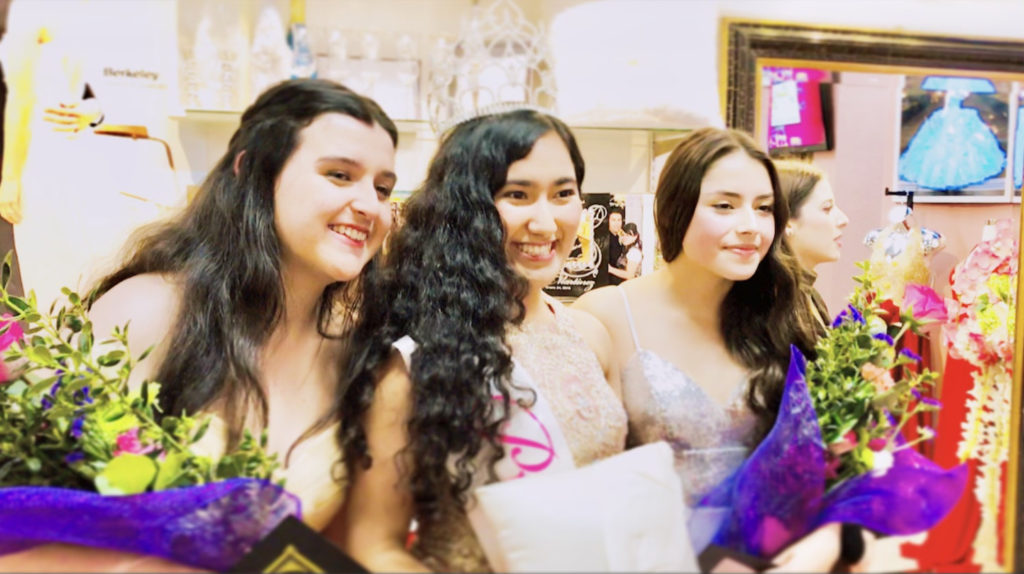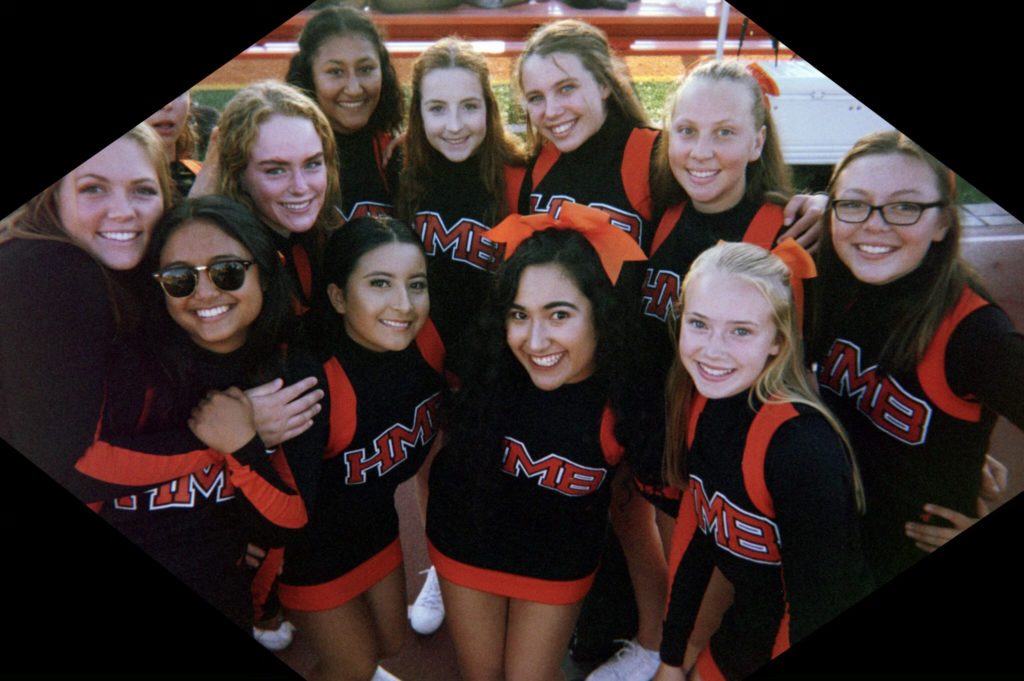A core belief of Youth Leadership Institute is that there can only be true justice and community change if those most affected are a part of decision-making. Young people must have a place “at the table” in order to make our communities places where everyone has the opportunity to thrive. It is yli’s job to run programs and trainings to make sure that young people are included at the table as often as possible so that youth voice will shape the future we are building together.
Read Nicole Cordova’s story below, and consider investing in youth at the table this holiday season. Click here to contribute!

It all started 2 years ago when one of my friends started attending yli meetings during school lunch. I was curious about what she was doing, so I followed her to a meeting. I felt so welcomed! First off, there were snacks provided. Also, it was a place where I could speak up and offer input on ideas. The club was talking about issues that affect me, like ways we can change our transportation system. Half Moon Bay is my community, my hometown – there are a lot of people my age here, along with my family members and relatives. We’re far off from the big metropolitan areas, so we tend to get more traffic. There are limited roads and bus schedules.
Our project was to observe traffic patterns to determine what areas around our town were risky and required more attention. For example, there’s an intersection right in front of the school. There wasn’t a noticeable crosswalk and it’s dangerous for students with oncoming traffic. We started speaking up in community meetings about this issue, and the City decided to install a new crosswalk with flashing lights, allowing cars to know that pedestrians are crossing. From that experience, I was able to see how impactful yli truly is.
This past year, I got to participate in the Help@Hand project, testing out different mental health apps on phones. Our job was to review the apps and give feedback about what could be improved about each app. The county could then use this feedback to know what kinds of apps would be most ideal for us teens as a mental health resource.
Mental health is a very broad issue. We live in a very small town and many of us seniors who graduated this past year were looking forward to moving on to universities. It’s not that this is a bad town, but we’ve definitely been feeling trapped and not able to explore like we had planned. At the same time, COVID-19 has forced us to be more in tune with ourselves, and notice some things that we never noticed before. Quarantine has allowed me to get comfortable with myself, get to know myself more. I’ve been paying attention to some of my flaws, worries, concerns, and also interests. Without the social pressure, I’ve been able to try some things I wouldn’t have tried, like guitar.

One thing I’ve noticed about the mental health apps is that they give you opportunities for self-reflection, and to record what’s going on for you. It’s an easier way to process it and an opportunity to become more aware of your state of being. On some apps, there’s even a chart that shows the progress you’ve made over time. You can choose a goal or area of focus in your life, like exercise or meditation, and there are mini activities to reduce anxiety and depression.
When I met with other members of yli, everyone mentioned that we would like a community that we could reach out to and chat with – where we can talk to real people anonymously. The apps are nice, but we want to feel like we’re being heard. When you live in a community like mine, where there are so many people you know, there’s a lot of social pressure. Some may feel more relieved and safe if we were able to reach out to people anonymously.
I think it’s important that there is space for this kind of youth feedback because the youth make up a big portion of our community. Authority figures and youth need to start communicating with each other to be able to understand what’s happening and how it’s impacting all parties. Youth tend to have a very creative mindset. When approached with a problem, they respond to it in a creative manner – they’re able to brainstorm all kinds of different ideas. I think youth are less restricted. They tend to have more hope and motivation. Adults have had a lot more experiences – they’ve already made a lot of mistakes, and can feel more cautious about the risks of trying something new.
Also, as people get older, they can get so focused on work that time feels constrained. Adults are taking care of so much that getting involved with the community can feel like another chore. But it won’t be long before youth will be taking over as adults in the community, and I think we should be able to share our visions for what we want to see in our future, as adults raising families in our community.

I would really like to see more young people represented in government. We should be included in learning about the plans and how they will affect different people locally, statewide, nationwide. For example, I got to share my experience with homelessness at a city council meeting on housing. I was nervous, scared that what I was going to say was going to have a negative reaction. That people would think, “She doesn’t know what she’s talking about and doesn’t know what’s going on.” I felt a lot of pressure to make sure that I was saying what I wanted to say in the right way, so that it would be interpreted in the right way. I wasn’t sure if I’d be able to keep up – if there would be vocabulary or parts of the city that I don’t know about. But it was really interesting to hear from other adults about their concerns. Someone talked about a community garden, another person talked about a water plan. I had never thought about all of these other areas of our town – I realized there is a lot I didn’t know about our city, or the concerns within the community.
It is powerful to speak up. When the community hears our stories, it really raises the attention for those topics and can create a concrete impact. In this case, the city council ended up proposing a new plan for low-income housing, and those struggling to afford to live here.
But I understand why youth feel like they don’t know enough to attend these kinds of meetings, and it’s related to our sense of worth. Sometimes youth feel like they’re going to be misunderstood, or they are so used to being the ones listening, that they feel like what they have to say isn’t valid. In order for youth to sit “at the table,” they need support and encouragement – to be surrounded by an environment of listening. Both adults and youth need to learn how to listen to and respect one another’s words, understanding that there might be disagreements.
When I think of an inclusive society, the first words that come up are diversity and a sense of peace. I see all sorts of people being represented, children, adults, different social status, races, and ethnicities. I see everyone being represented in an equal manner – everyone listening and being heard, interacting and engaging with each other. I feel like it would change overall society’s views, and because of that, there’d be a lot less tension and violence.
yli is a great start to creating that vision of society – the more we encourage this kind of partnership among youth and adults, the closer we’ll be to getting to that dream.
